Back in the late 1990s, the internet was a wild and untamed frontier, full of quirky personal websites, weird experiments, and the early seeds of what would become meme culture. One of the most bizarre and unexpectedly viral events of that era was The Great Hamster Dance.
The Birth of an Internet Sensation
In 1998, a Canadian art student named Deidre LaCarte created a simple webpage to promote her personal website in a competition against her friends to see who could generate the most traffic. What started as a fun challenge among friends would soon spiral into one of the first major internet memes.
LaCarte's site was nothing more than a white background featuring four rows of animated hamsters dancing endlessly to a sped-up version of a song from Disney’s Robin Hood soundtrack, titled "Whistle Stop." The hamsters were tiny, pixelated GIFs that repeated the same few frames of animation over and over, creating an almost hypnotic effect.
She named it Hampsterdance.com (yes, with a "p" in "Hampster"), and it went live without any fanfare or expectation of success.
Going Viral Before Viral Was a Thing
The website was a curiosity at first, just another quirky creation among many. But as people stumbled upon the page, something strange began to happen. Visitors found the combination of the upbeat music and the dancing hamsters to be oddly captivating. It was so weird and unexpected that they couldn’t help but share it with friends, family, and coworkers. This was before the days of social media as we know it, so the spread was mostly through email chains and word of mouth.
By early 1999, the site had exploded in popularity, attracting millions of hits. For context, the internet was much smaller back then, and a website drawing that kind of traffic was unheard of, especially for something as frivolous as dancing hamsters. The page became a sort of cultural touchstone, referenced on TV shows, in newspaper articles, and by DJs on the radio. People couldn’t get enough of it.
The Aftermath and Legacy
The success of Hampsterdance.com was a double-edged sword. On one hand, it solidified the potential of the internet as a place where even the strangest ideas could gain massive attention. On the other hand, the site's servers were completely overwhelmed by the flood of traffic, causing it to crash repeatedly.
The site’s immense popularity led to a wave of imitators and spin-offs, including merchandise, remixes, and even a single released by a band called The Cuban Boys that made it onto the UK charts. The hamster craze also inspired a series of similar, often animal-themed, animations, laying the groundwork for the meme culture that would come to dominate the web in the following decades.
Although the original site eventually faded into obscurity, its impact is undeniable. Hampsterdance.com was one of the first true viral sensations on the internet, and it demonstrated the power of online communities to spread content far and wide. The site’s absurd simplicity and unpretentious charm captured a moment in time when the internet was still a playground for experimentation, where something as silly as dancing hamsters could capture the world’s attention.
Today, the Great Hamster Dance is a relic of a bygone era, a nostalgic reminder of the early days of the web when everything felt new, strange, and full of possibilities. It’s a perfect example of how something utterly bizarre and seemingly insignificant can become a cultural phenomenon, leaving a lasting mark on the history of the internet.

